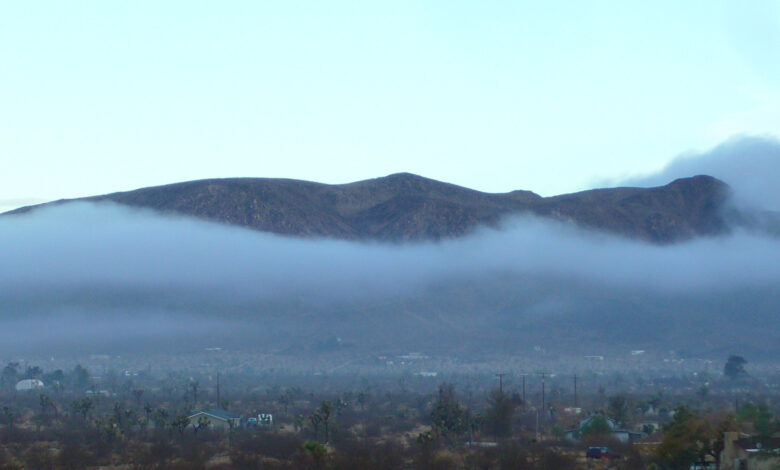How Does Fog Form?

The formation of fog requires specific weather conditions to be present, which can vary depending on the location and time of year. One of the most common ways fog forms is through a process called advection fog. This type of fog is formed when warm, moist air moves over a cold surface, such as a body of water or a patch of land. As the warm air cools, it loses its ability to hold moisture, causing the water vapor in the air to condense into tiny droplets. These droplets then remain suspended in the air, creating a dense fog.
Another type of fog is radiation fog, which forms on clear nights with calm winds. When the Earth’s surface cools at night, the air close to the ground also cools, causing the water vapor in the air to condense into tiny droplets. This type of fog is most commonly seen in low-lying areas such as valleys or near bodies of water.
Another way that fog can form is through the steam fog. Steam fog forms when cold air moves over warm water, such as a lake or river. The warm water evaporates, and the water vapor rises, eventually condensing into tiny droplets that form a dense fog. This type of fog is often seen in colder regions, particularly during the fall and winter months.
Fog can also form when warm, moist air is forced to rise and cool rapidly, such as when it encounters a mountain range. As the air rises, it cools and the water vapor in the air condenses, forming a thick fog that can persist for hours or even days.
One of the critical factors in fog formation is humidity. When the humidity is high, there is more moisture in the air, which means that the air can hold more water vapor. When the air cools, it reaches a point where it can no longer hold the moisture, and the water vapor condenses into tiny droplets, forming fog. Conversely, when the humidity is low, there is less moisture in the air, which means that the air can hold less water vapor, making it less likely for fog to form.
Another factor that can impact fog formation is wind. When there is a lot of wind, the air is continually mixing, which means that any fog that does form is likely to be quickly dispersed. However, when the wind is calm, the air near the ground is less likely to be mixed, which means that fog is more likely to form and persist.
The temperature also plays a significant role in fog formation. When the air is colder, it can hold less moisture, which means that the water vapor in the air is more likely to condense into tiny droplets, forming fog. Conversely, when the air is warmer, it can hold more moisture, making it less likely for fog to form.
Finally, the presence of pollutants in the air can impact fog formation. When there are high levels of pollutants in the air, such as from industrial or urban areas, the pollutants can act as nuclei for water droplets to form around, making it more likely for fog to form.




